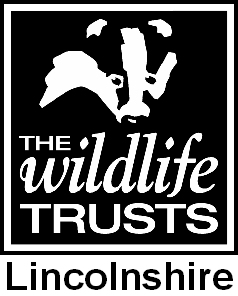Wildlife Watch - What to look out for in June!
Stock Dove (Columba oenas)
This much overlooked bird can be told apart from the more common Woodpigeon by the lack of white markings on the neck and wings. The name derives from the tree trunks, or stocks, that the birds utilise for nest sites. Although they also use owl boxes and even rabbit burrows. (Photo: Margaret Holland)
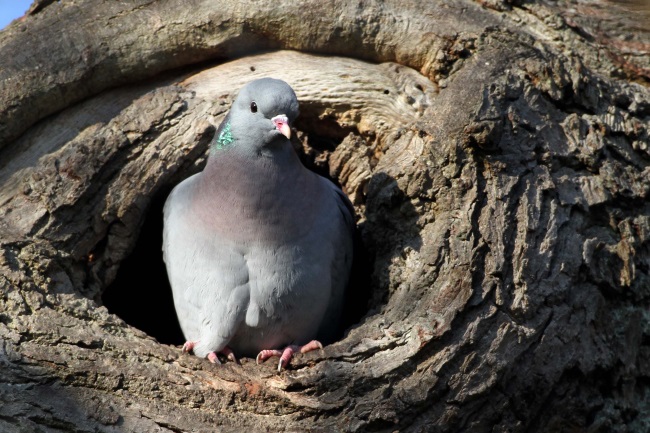
Dunnock (Prunella modularis)
The Dunnock is another rather anonymous bird that is commonly found in a variety of habitats including gardens. Even the name Dunnock is rather unassuming; literally meaning small brown bird. It enjoys hedges and is often found feeding underneath them on the ground. Although the song is, again, rather unassuming, it is a delightful warble that is very pleasing on the ear when the evening sun goes down. (Photo: Stewart MacDonald)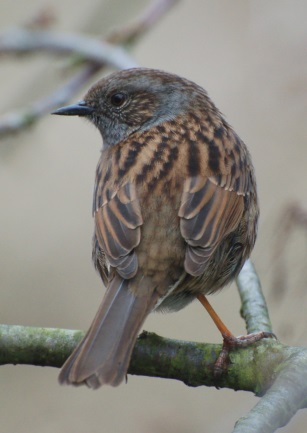
Orange Tip (Anthocharis cardamines)
This is a delightful little butterfly of late spring and early summer. The male sports the eponymous orange tips to its wings but the female can be difficult to tell apart from other white butterflies until you see the extensive patterns on the underwing. (Photo: Clive Nichols)
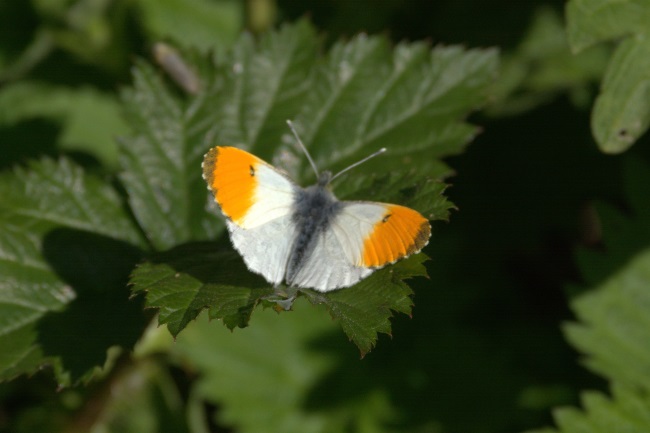
Bird’s-foot-trefoil (Lotus corniculatus)
An important source of nectar for bees and butterflies this yellow flower, a member of the pea family, is often found in pastures and dune grasslands. Sometimes the flowers have a flash of red giving the plant its other common name of bacon-and-eggs. It is also important as a food plant for the caterpillars of a number of moths and butterflies. (Photo: Lee Schofield)
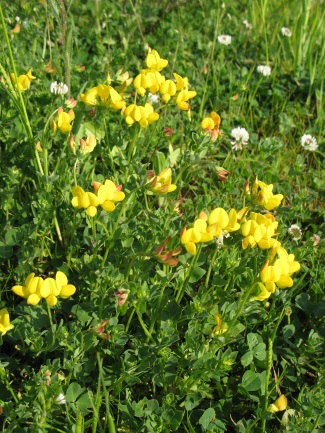
Strandline safari
The strandline is marine debris dropped during the last tide. It is a fascinating area to explore and can give an idea of the huge biodiversity found in our seas – without getting wet.
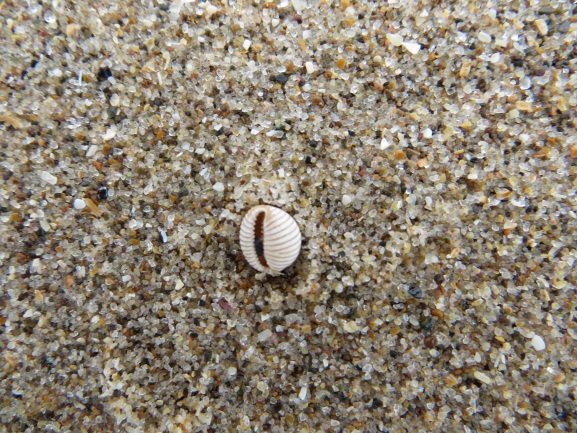
This tiny shell, often less than a centimetre in length, is a Cowrie. It has an exotic feel to it as it is reminiscent of the much larger conches you can buy in warmer climes. The living animal is a small snail.
Find out more about what can be found in our seas by joining us at a sea-dipping event on 24th June at Anderby Creek at 1pm. Details at: www.lincstrust.org.uk/whats-on
Lincolnshire Wildlife Trust, safeguarding wildlife and wild places in Lincolnshire and promoting understanding and enjoyment of the natural world from The Humber to The Wash.
Are you a member? Join today at www.lincstrust.org.uk
Dave Miller, Coast & The Wash Warden. Email: dmiller@lincstrust.co.uk
